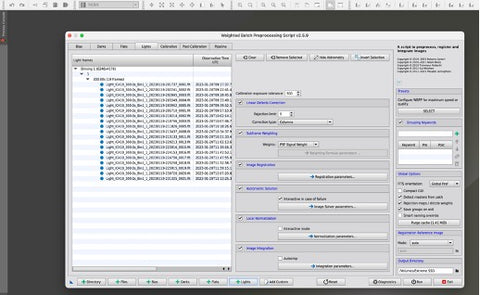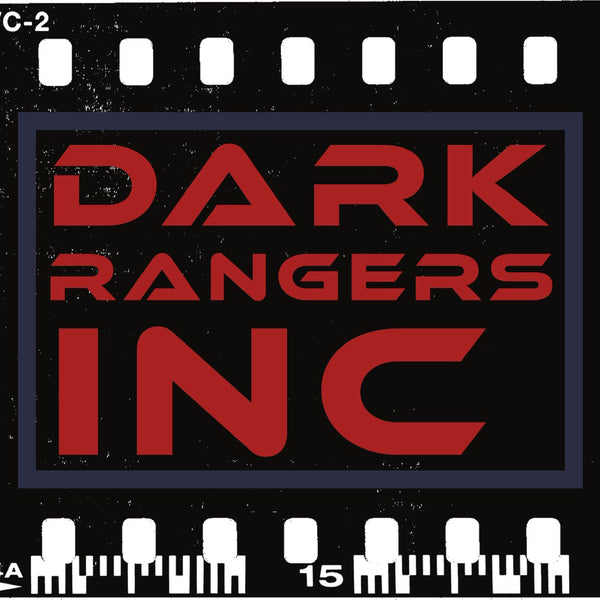HOW IT WORKS:
Stars from thousands of light years away (the distance light travels in 1 year ~ 6 Trillion Miles) send light towards earth. Sometimes it can be seen with the naked eye sometimes it cannot. So we use telescopes paired with ultra sensitive cameras and take long exposures throughout the night.

We get around this by stacking dozens of images some as long as 20-30 minutes at a time and averaging out the pure signal and eliminating the noise. The more exposure time you have the better the signal to noise ration becomes. Many of my photos have over 10, 20 or even 50 hours of exposure time often shot over several nights.

If you try to take a long exposure with a camera at night you will see the stars start to trail, which can result in a beautiful photo, but will not allow you to capture a single target. This is a result of the earths rotation. We counteract that but using a mount that we place the scope and camera on that matches the Earth's rotation perfectly. It’s a very precise process as any imperfection will result in “egg shaped” or oblong stars and soft focus with the nebula. Typically a second, smaller telescope and camera are used in conjunction with the imaging set up as a “guide scope.” This separate scope takes photos every second and analyzes the stars it sees and makes constant corrections to the mount to make sure guiding is as near perfect as possible!

Light pollution is one of the largest enemies of Astrophotography so often its idea to go to a “dark sky site” somewhere very remote away from city and even suburban light. Using a Light Pollution Map we can find areas that have a low “Bortle Class” which is the scale used to determine the level of light

pollution (1-9, 1 being darkest). That’s part of the fun of the hobby, the adventures you go on in search of clear dark skies! Constantly monitoring the weather for clouds or rain in search of those elusive perfectly clear nights.There have been many nights spent sleepless outside of my tent hoping the clouds would dissipate as forecasted so I could fire up my set up and begin imaging.
Going out and getting the images is half the battle, once home the images must be analyzed and combed through to find the best ones in terms of focus, clarity, and detail. 
The best photos are “stacked” together using specific software which looks at each image and by averaging out many, many subframes figures out what is pure signal and what is not. The result is a “stacked image” that is then ready for editing to bring out all the amazing colors, and detail you see in a final image.

It takes many hours, nights, miles driven, time processing to produce the final image, but its all worth it to be able to point your telescope to the sky and see light that started its journey towards us thousands and in some cases millions of years ago. Gather it, focus it, and enjoy the infinite beauty that space has to offer. Thank you for taking the time to understand what is involved in this amazing hobby. I hope you enjoy the end result, and it brings you peace.

“The cosmos is within us. We are made of star-stuff. We are a way for the universe to know itself” - Carl Sagan

